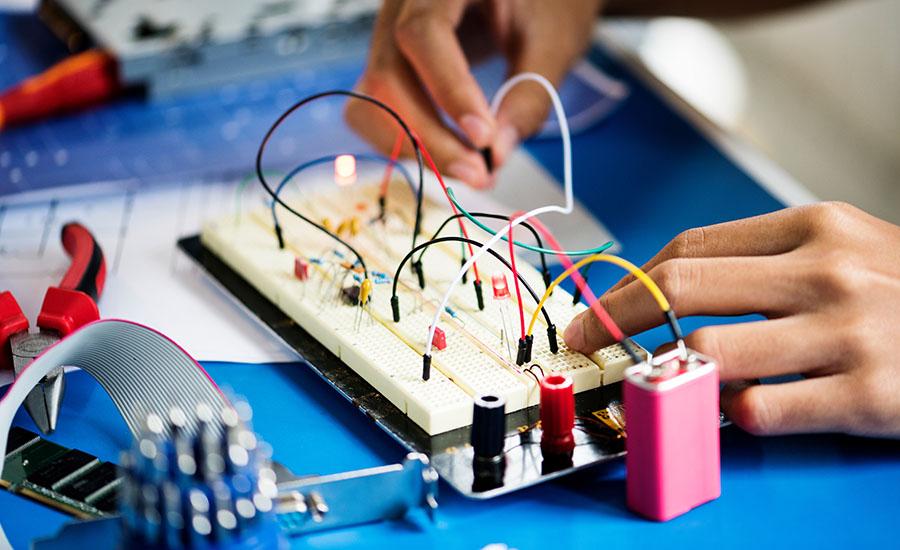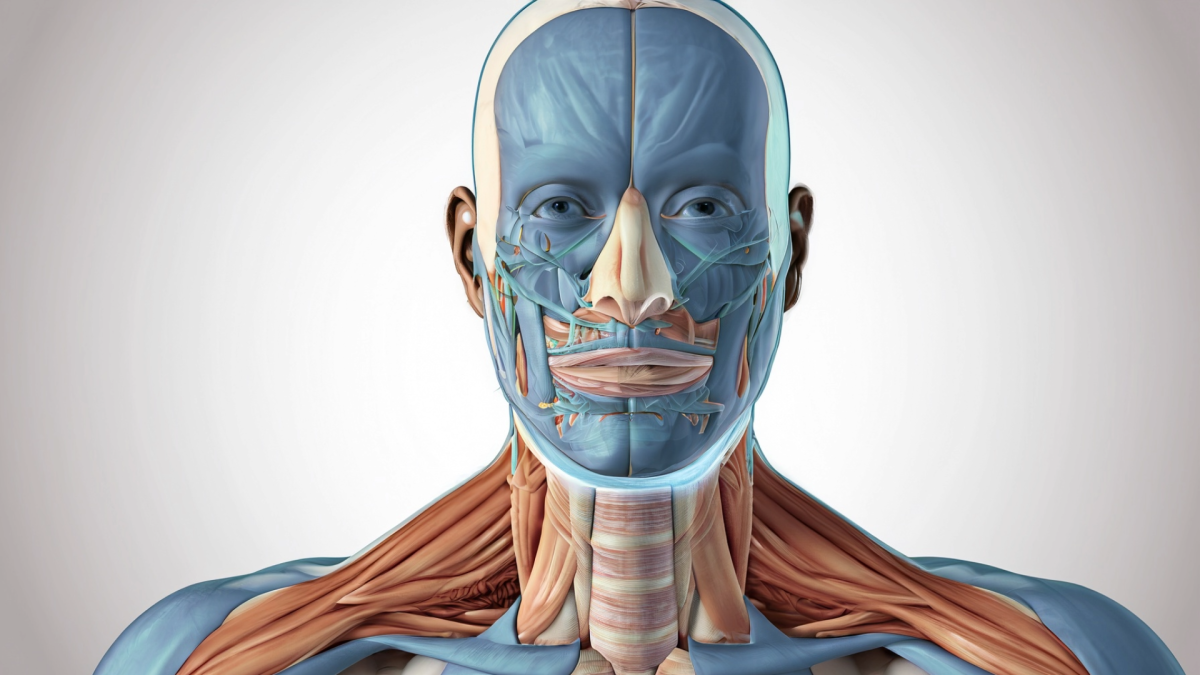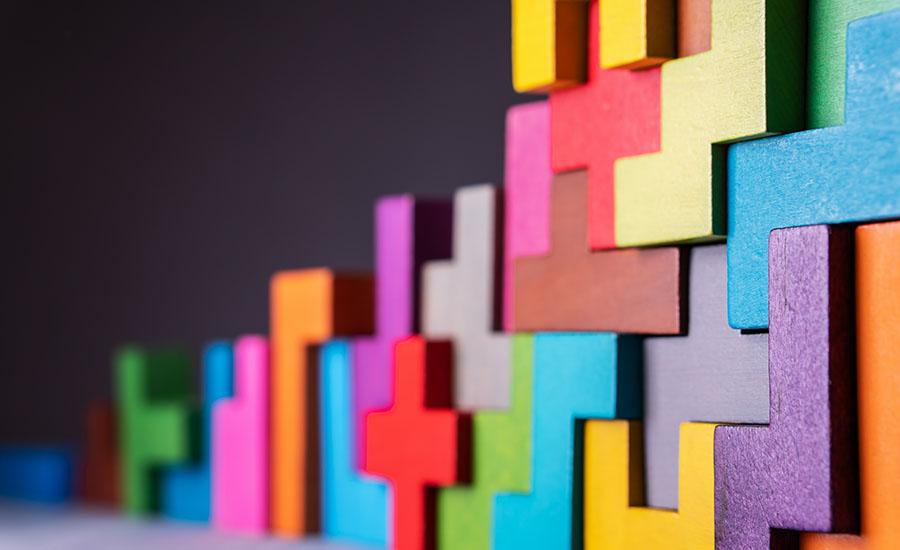
Modeling Eclipses
by [node:author:field_name_first] [node:author:field_name_last]
In this lesson, students will observe the geometry of lunar and solar eclipses by creating a physical, proportional model of the Earth and Moon system and observing shadows.
Lesson Plan Link/URL
https://docs.google.com/presentation/d/1rI-2yU-cG00H6oWvjJ8Nxxsd2CsduqnB/edit?u…Subject Area
Science Earth and Space Science E2: Earth & the Universe Engineering S4: Apply Science to Engineering Mathematics Measurement and Data (MD) Geometry (G) Ratio and Proportion (RP)
Featured
Off
Related Content

Grades:
7th Grade, 8th Grade, 9th Grade, 10th Grade, 11th Grade, 12th Grade
This is an overview of Electronic Circuits, using TinkerCad to learn how to change components, add wires and connect a circuit. Three online simulation lessons are provided with the option to continue

Grades:
7th Grade, 8th Grade, 9th Grade, 10th Grade, 11th Grade
This outstanding multi-day lesson covers the anatomical design of the respiratory system. Students will work on a basic model project to simulate breathing action and the diaphragm. They will also

Grades:
6th Grade, 7th Grade, 8th Grade
Students will investigate the properties of different types of matter and apply the concept of "P1: Matter" to design, model, and 3D print an object using a MakerBot 3D printer. Hands-On STEM Design